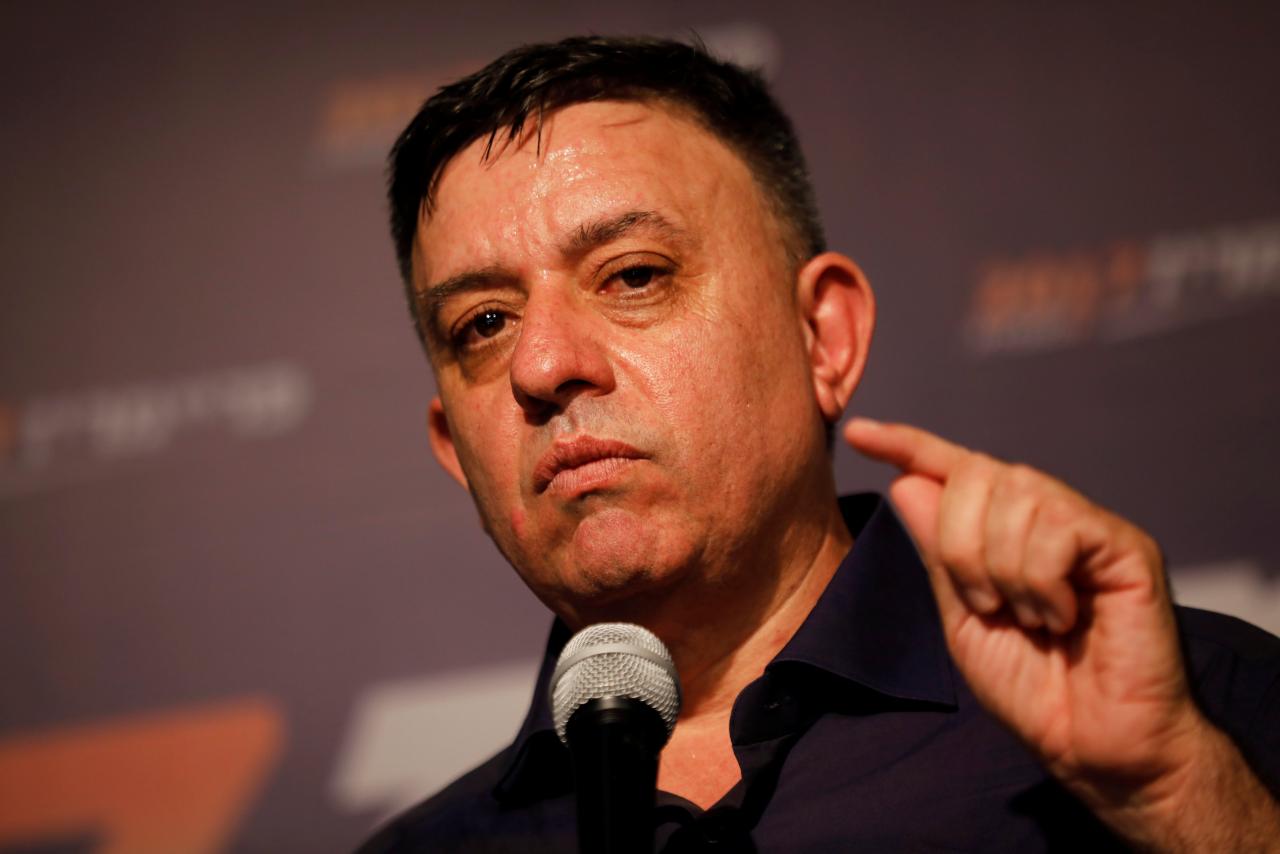 Avi Gabbai, the new leader of Israel’s centre-left Labour party, delivers his victory speech after winning the Labour party primary runoff, at an event in Tel Aviv, Israel July 10, 2017. REUTERS/Amir Cohen
Avi Gabbai, the new leader of Israel’s centre-left Labour party, delivers his victory speech after winning the Labour party primary runoff, at an event in Tel Aviv, Israel July 10, 2017. REUTERS/Amir Cohen We call this format a Timesaver Guide to Israel’s Coming Elections. This will be a usual feature on Rosner’s Domain until April 9. We hope to make it short, factual, devoid of election hype, and of he-said-she-said no news, unimportant inside baseball gossip.
Bottom Line
Netanyahu’s legal issues will dominate the last leg of the election.
Main News
The Attorney General intends to inform the public prior to Election Day if he intends to indict Netanyahu.
A split in the Zionist Camp: Hatnua leader Tzipi Livni was kicked out by Labor leader Avi Gabbai, and is searching for a new political platform.
Schedule
A decision by the AG is expected within weeks – closer to Election Day but not too close.
Developments to Watch
Political: Will more parties commit not to seat with Netanyahu in a coalition if he is indicted?
Personal: Can Livni 1. Form a new platform that has a chance of success (it does not look good for her, numbers’ wise), or 2. Find a college that is willing to take her in as a partner (also doesn’t look good for her – no current enthusiasts).
Material: More countries are moving their embassies to Jerusalem (Honduras is next). This helps Netanyahu to argue that the “diplomatic tsunami” against Israel, promised by his rivals, was no more than scare tactic.
What’s the Race About
Can Netanyahu be Prime Minister and stand trial at the same time.
Possible Wild Cards:
A decision not to indict Netanyahu.
A deal with Netanyahu: Leave politics and get off the legal hook.
The Blocs and Their Meaning
We offer two options of political blocs. In the graphs bellow you can see what happened to these blocs since Dec. 25, the day new elections were announced. Since then, parties fractured, but blocs remain relatively stable.

And here you can see the averages of the two bloc options both since January 2018, and in the last round of polls on Dec. 30. As you can see, all changes are quite marginal. The left bloc is a little smaller today than it was earlier this year. The center is a little larger. The right does not have a coalition without some addition from the center (but it does not need more than one midsize additional party to form such coalition).

Focus on One Party
Shas, the Sephardic Haredi Party, is in crisis since the death of its spiritual leader Rabbi Ovadia Yosef. All polls predict that Shas is likely to decline from its current seven seat situation. The question is: how much? Israel’s electoral threshold is 3.25%. Meaning: Shas must gain about four seats (we don’t know the exact result needed before the votes are counted) to have a place in the Knesset. Will it? As you can see, it’s possible, but shaky.























 More news and opinions than at a Shabbat dinner, right in your inbox.
More news and opinions than at a Shabbat dinner, right in your inbox.